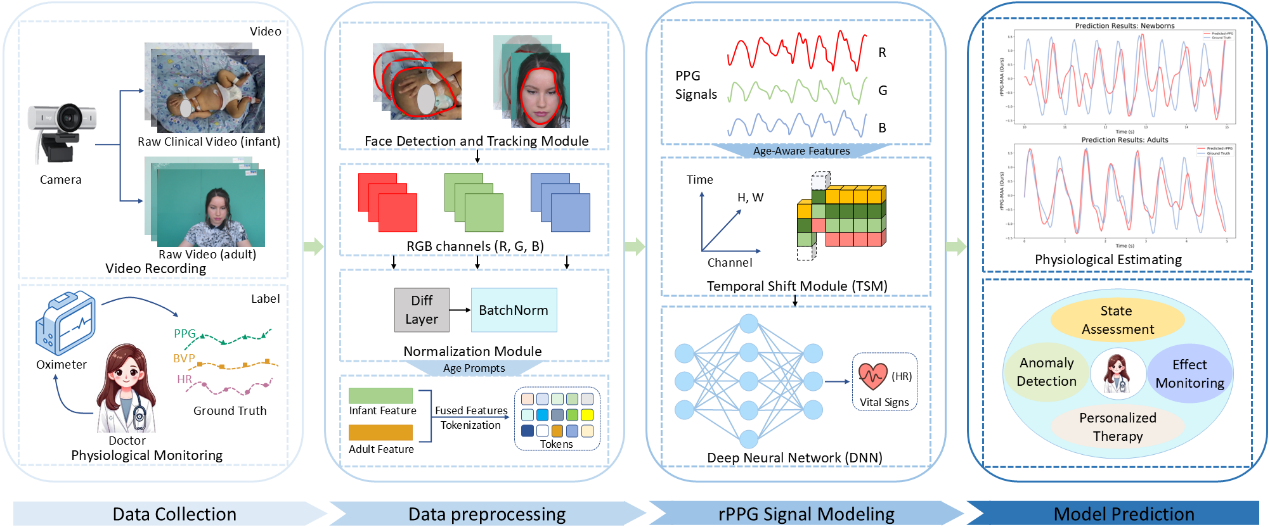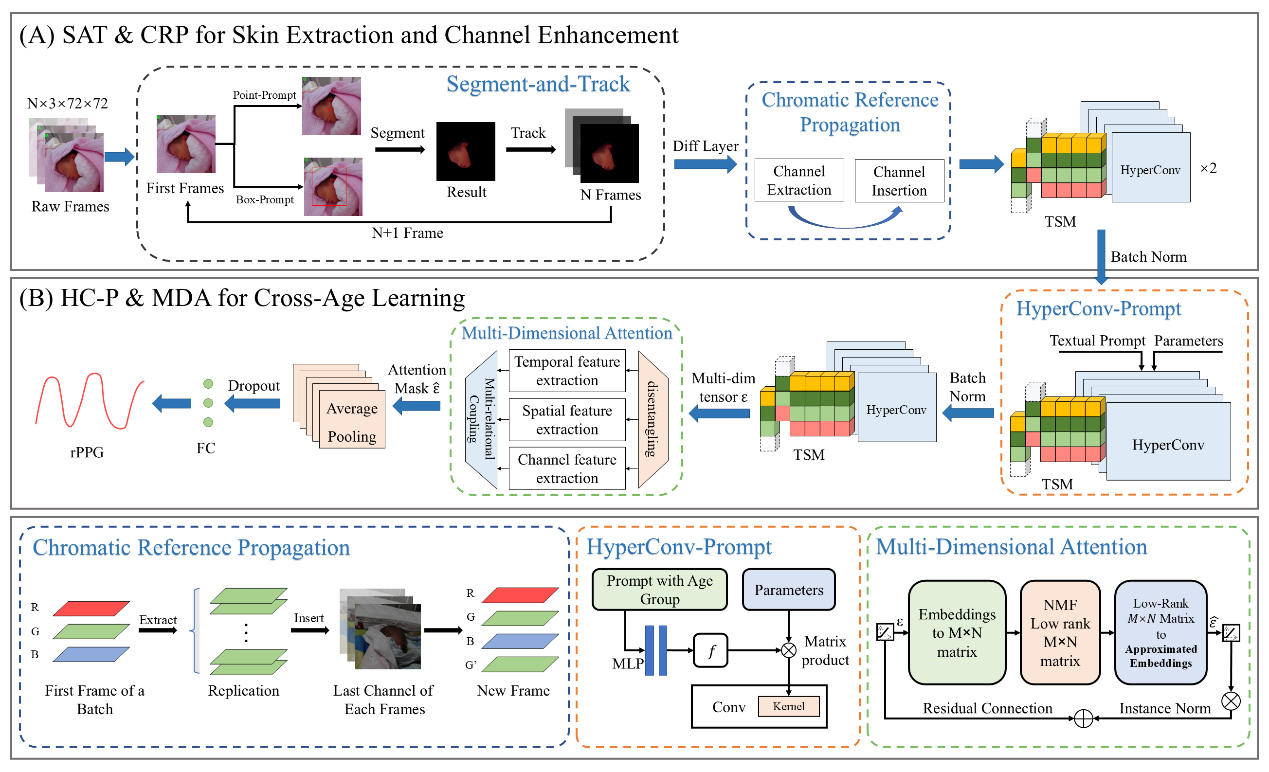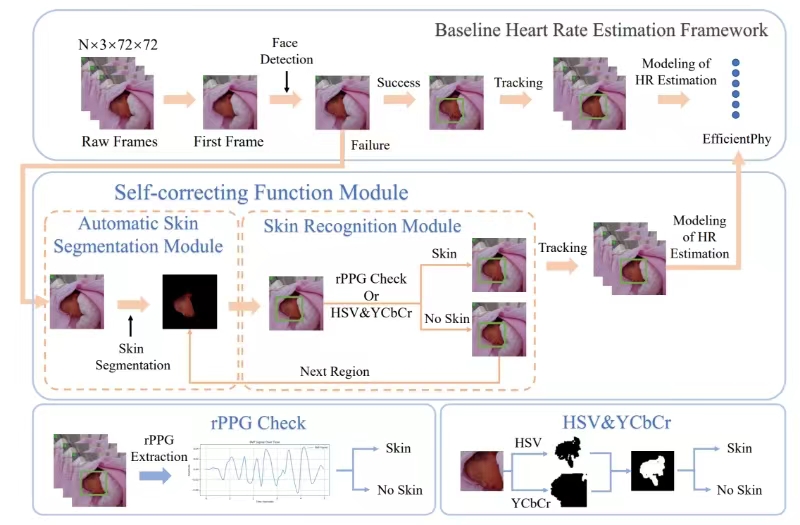Video-based Physiological Monitoring with Age-Guided Enhancement
Project Leaders
Jie Gao
Zhengxuan Chen
Shuyi Zhou
Partner Organisations
澳門鏡湖醫院

Project Leaders
Jie Gao
Zhengxuan Chen
Shuyi Zhou
Partner Organisations
澳門鏡湖醫院

Project Example


